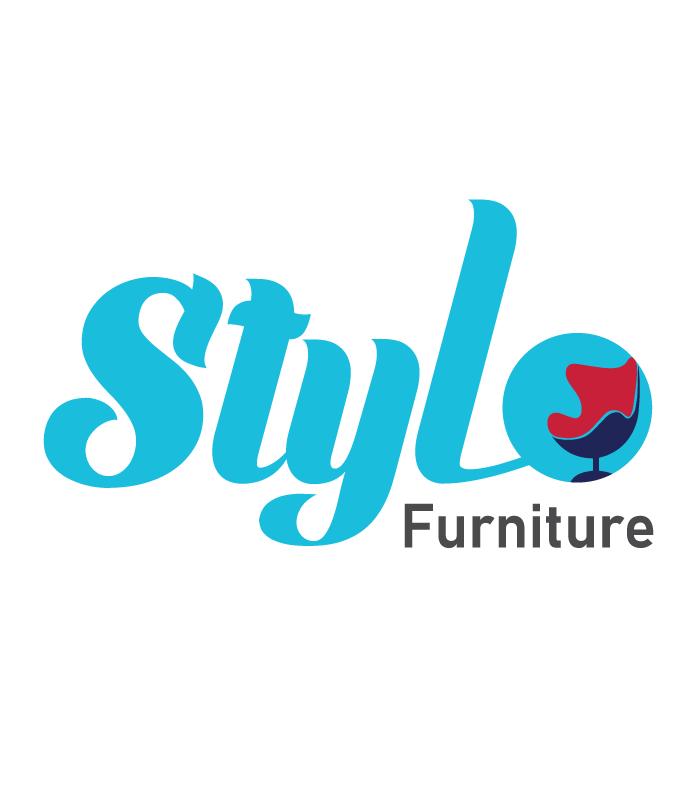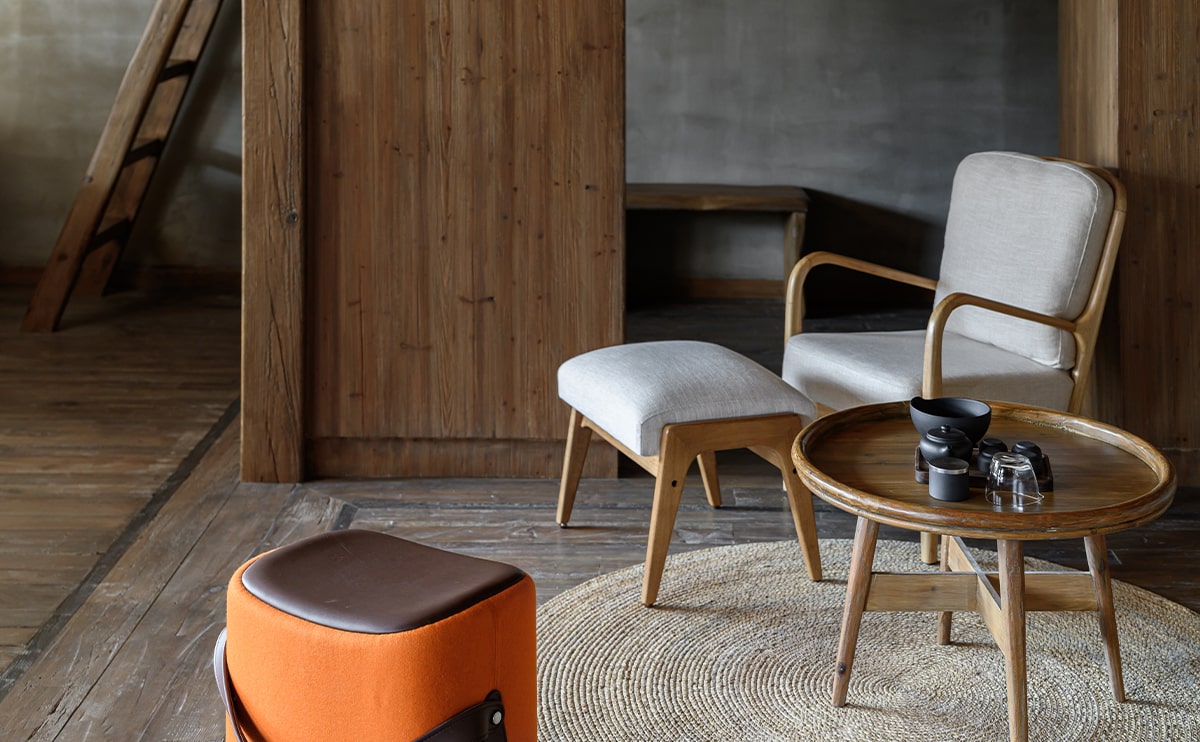Opening Verse
In a land where tradition weaves through modern skylines, Bangladesh’s furniture and decor sector stands at a crossroads—anchored in the past yet recoiling toward tomorrow. Picture teak-scented boardrooms and handcrafted jute rugs on eco‑chic living room floors. This is not just furniture—it’s an extension of our culture and identity. But beneath this poetic surface, the industry’s pulse beats to the rhythm of global trends, inflation, and shifting work cultures, pushing businesses to adapt faster than ever.
Current Snapshot (2024)
The year 2024 was a pivotal one for Bangladesh’s furniture industry. On the one hand, the demand for furniture continued to rise, especially in the urban and peri-urban areas. On the other hand, supply-side challenges, global trade disruptions, and inflation created a complex environment. Despite this, both the office and home furniture markets in Bangladesh showed resilience and adaptability.
Office Furniture
The wooden office furniture segment alone reached approximately US$934 million in 2024, albeit with a slight contraction of 3.5% year-on-year. Metal office furniture suffered a more significant blow, shrinking by 10.9% to just US$1.1 million. Nevertheless, the overall Bangladesh office furniture market is projected to grow at a healthy 7.3% CAGR through 2031. Factors driving this include growing demand for ergonomic designs, customized solutions, and compact setups that cater to hybrid work environments. Multinational companies operating in Dhaka and Chattogram are increasingly turning to local manufacturers, spurring demand for premium workstations and collaborative setups.
Home Decor
Parallel to the office segment, the home decor market has shown significant promise. Aesthetic awareness among the urban middle class has soared, with consumers embracing DIY decor trends, sustainable materials, and minimalistic designs. According to industry forecasts, the home decor market in Bangladesh will grow at 6.14% in 2025 and accelerate further to 8.24% by 2029. Key products contributing to this growth include decorative lighting, locally woven rugs, custom wall art, and smart furniture solutions. In 2022, the value of the interior design and renovation sector was estimated at Tk 20,000 crore (~US$2.3 billion), with strong growth projections indicating the potential to double by 2027.
Driving Forces & Market Dynamics
The sector’s rise isn’t incidental—it’s being propelled by powerful socio-economic currents. Urbanization, rising per capita income, digital access, and evolving lifestyle choices are changing consumer behavior. There’s also a cultural shift taking place where homes are no longer just living spaces—they’re reflections of one’s identity, comfort, and aspirations. Meanwhile, businesses are redesigning workspaces to reflect openness, collaboration, and well-being.
Urbanization & Rising Incomes
Rapid urban expansion, especially in Tier 1 and Tier 2 cities, is leading to a construction boom. As new residential and commercial buildings rise, the demand for furnishings, fixtures, and decorative elements grows in tandem. The burgeoning middle class, with improved disposable income, is now willing to invest in long-lasting, aesthetically appealing furniture, pushing brands to innovate constantly.
Remote & Hybrid Work Culture
The legacy of COVID-19 remains in the form of hybrid working arrangements. As more professionals work from home, the demand for home office furniture—ergonomic chairs, foldable desks, multifunctional cabinets—has increased sharply. This trend is likely to remain strong as companies adopt flexible work policies for cost-efficiency and employee satisfaction.
Real Estate Boom
Bangladesh’s real estate sector continues to grow, especially in metropolitan hubs. Newly constructed flats, office buildings, and commercial spaces directly translate into increased demand for both home and office furniture. Developers are also increasingly offering fully furnished packages, further benefiting local manufacturers.
Local Brands Rising
Brands like Hatil, Otobi, Akhtar, Stylo, Brothers Furniture, and Regal are not just dominating the domestic market but also expanding internationally. They are setting new benchmarks in sustainability, design quality, and customer service. Otobi’s smart office ranges and Hatil’s modular and eco-certified products are reshaping consumer expectations. Stylo Furniture, with its innovative and lifestyle-oriented designs, has also carved a niche in the mid-range furniture market. Its growing online presence and strategic showroom expansion make it a rising force in the home decor and lifestyle segment.
Challenges & Headwinds
Despite the promising growth, the industry is not without its obstacles. Inflation, raw material shortages, inadequate infrastructure, and global shipping delays continue to pose significant hurdles. Moreover, the influx of cheap imports often disrupts pricing strategies for local players. There’s also a talent gap in industrial design and digital marketing, which could impact innovation.
Economic & Political Volatility
The post-2024 interim government and associated uncertainties have impacted consumer confidence. Inflation hovering between 11% and 14% reduces household and corporate spending, delaying renovation and expansion plans.
Import‑Export Turbulence
Global supply chain disruptions continue to affect the availability of essential raw materials like particle boards, MDF, and metal frames. This makes it harder for local manufacturers to plan inventory and maintain cost efficiency.
Infrastructure Gaps
Lack of reliable logistics, especially for delivering large items to rural and semi-urban areas, affects market reach. Moreover, inadequate warehousing and outdated production equipment remain pressing concerns for SMEs.
Sustainability & Compliance Demands
Exporters must now comply with stricter environmental norms. This includes certifications like FSC for wood, as well as compliance with low-VOC finishes, fire safety, and ergonomic guidelines. These requirements are manageable for larger companies but present major hurdles for smaller firms.
Design & Technological Limitations
Although design innovation is accelerating, much of it remains manual. Advanced tools like CAD, 3D modeling, and virtual showrooms are yet to be adopted at scale. This delays design cycles and limits customer interaction in the digital space.
Strategic Way Forward
Bangladesh’s furniture and decor industry must take bold steps to sustain growth. Strategic partnerships between private manufacturers and government agencies can facilitate design training, green financing, and SME modernization. Clustering of furniture makers in zones like Narayanganj and Savar could enable shared logistics, design hubs, and joint marketing initiatives. Investments in automation, virtual showrooms, and export-readiness training are vital for long-term competitiveness. In addition, digital transformation is essential—brands like Stylo and Hatil are already exploring augmented reality (AR) platforms to offer virtual try-before-you-buy experiences.
Envisioning 2025 & Beyond
Looking ahead, Bangladesh is expected to become a key player in affordable, sustainable furniture manufacturing. If challenges are addressed through policy and innovation, the country could even emerge as a regional export hub for eco-friendly furniture. The growing young population, improving design education, and the rise of conscious consumerism point toward a bright, resilient, and scalable future. Brands that embrace digital channels, environmentally responsible practices, and global quality benchmarks will lead the charge in the coming decade.
Closing Lyrical Thought
Furniture is more than form and function—it’s the poetry of everyday life. Bangladesh’s evolving market tells a story of craftsmanship meeting ambition, tradition blending with innovation. If the right investments are made and the sector is nurtured thoughtfully, every desk, chair, and lamp could become a symbol of national pride and global potential.
Final Takeaway
The story of Bangladesh’s furniture and home decor market is one of resilience, reinvention, and opportunity. To truly unlock its potential, the sector must align itself with global standards, digital transformation, and consumer aspirations. Only then will this industry not just decorate our lives but define our future. Brands like Hatil, Otobi, and Stylo prove that local ingenuity can meet international ambition—if we build the right bridges.

